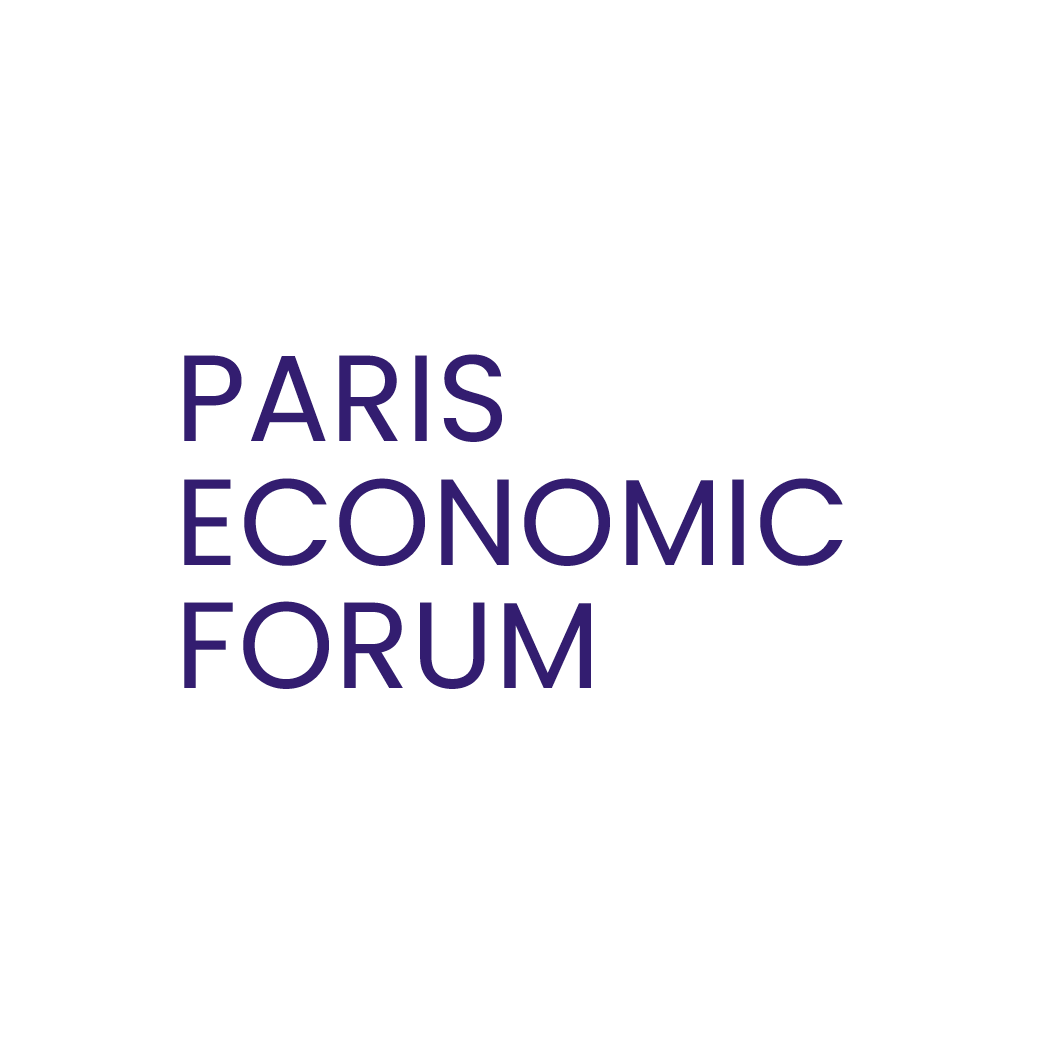L’IA, jadis une promesse futuriste, est aujourd’hui une force transformative qui irrigue tous les secteurs – industrie, santé, services financiers, éducation. Comment rester dans la course face à ces ruptures ?
Les chiffres donnent le vertige et montrent comme l’IA est le moteur d’une révolution sans précédent. Le marché mondial de l’IA, qui pesait 7 milliards d’euros en 2020, devrait exploser à 2 000 milliards de dollars d’ici 2030, d’après PwC. Cette croissance fulgurante s’explique par une adoption tous azimuts. Prenez Amazon : en janvier 2025, le géant a lâché une flotte de drones autonomes dopés à l’IA dans 12 grandes villes américaines, raccourcissant les délais de livraison de 40 %. Dans l’automobile, Tesla fait sensation avec son modèle à 25 000 dollars, lancé début 2025, bardé de systèmes intelligents qui optimisent énergie et sécurité, avec un objectif ambitieux : 5 millions d’unités par an d’ici 2027.
Les semi-conducteurs, eux, sont le nerf de cette guerre technologique. La crise de 2021-2023 a exposé leur rôle stratégique, déclenchant une ruée vers l’autonomie. L’Europe a dégainé son European Chips Act avec 43 milliards d’euros pour relancer sa production, tandis qu’en France, STMicroelectronics a ouvert en 2024 une usine à Crolles dédiée au FD-SOI, une technologie clé pour la 5G et les objets connectés. Des investissements massifs qui témoignent d’une volonté européenne de rompre avec la dépendance aux fournisseurs asiatiques.
Pour les entreprises, rater le train de l’IA, c’est flirter avec l’obsolescence. McKinsey le confirme : celles qui ont intégré l’IA en 2024 ont boosté leur productivité de 20 % en moyenne. À l’inverse, en Europe, 30 % des PME restées à l’écart du numérique stagnent depuis 2022, selon Eurostat. Le défi est double : couper dans les coûts tout en innovant pour des clients toujours plus exigeants. Dans la santé, l’analyse des données de patients grâce à l’IA, peut améliorer les diagnostics et alléger la facture des traitements.
Les États, eux, jouent leur souveraineté technologique. Les restrictions américaines sur des entreprises étrangères ont sonné l’alarme : dépendre de l’étranger pour les puces ou le cloud, c’est jouer avec le feu. Les pouvoirs publics lancent des projets nombreux, tentant différentes approches et méthodes pour combler un retard criant face aux États-Unis et à la Chine.
Rester dans le peloton de tête passe par l’innovation et l’investissement.
Samsung a mis 18 milliards de dollars sur la table en 2024 pour ses puces de 2 nanomètres, un pari sur l’avenir, avec plus de six milliards de dollars d’aides de l’administration Biden pour que ces puces soient produites sur le sol américain.
Mais sans talents, pas de victoire : aux États-Unis, Des géants des plateformes américaines gonflent les salaires de leurs collaborateurs en 2025 pour attirer les ingénieurs IA, denrée rare dans un marché en ébullition.
Les alliances et la collaboration sont un atout maître. En France, 42 projets portés par les PIIEC (Projets Importants d'Intérêt Européen Commun) ont créé 5 700 emplois dans la microélectronique l’an dernier, preuve que mutualiser les forces paye.
En 2025, l’attentisme n’est plus une option. Les géants chinois et américains prospèrent parce qu’ils anticipent et investissent à fond. Les États suivent : les 54 milliards d’euros de France 2030 ou les 140 milliards promis par les États-Unis au NSF Tech Directorate d’ici 2027 montrent une volonté de prendre le lead.
Allianz Trade prédit une croissance de 3 % pour les économies numérisées en 2025-2026, contre 1,5 % pour ceux qui sont plus à la traîne.
La compétitivité se joue désormais dans les labos, les usines et les salles de réunion – là où naissent les idées qui transforment les ruptures en tremplins.
Dans ce monde où la technologie tient les rênes, les gagnants ne seront pas ceux qui subissent, mais ceux qui pilotent la révolution et sont proactifs. Pour les entreprises et les États, l’heure est à l’audace : investir, collaborer, anticiper.
Car dans cette course, il n’y a pas de médaille d’argent, The winner takes it all.

2.jpg)